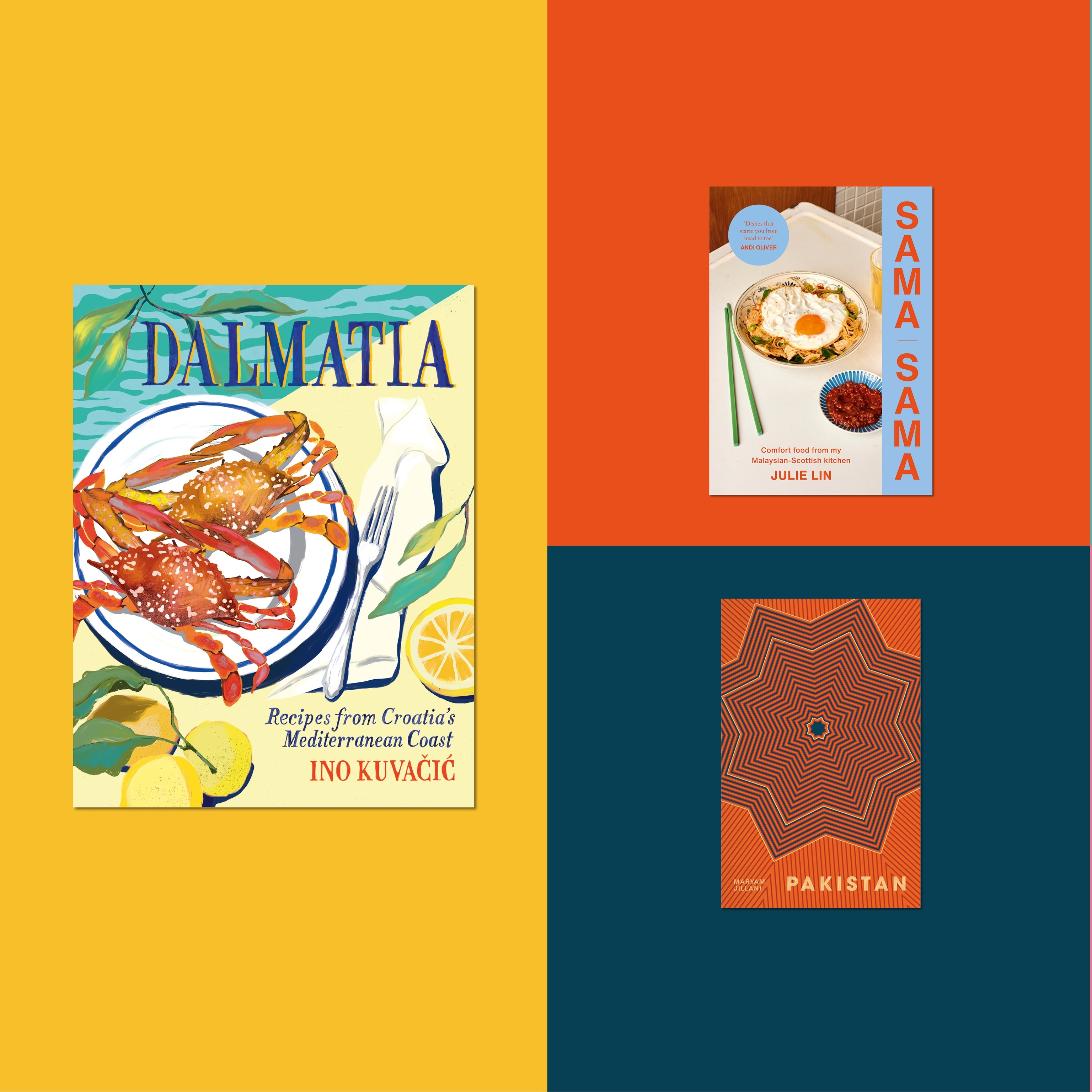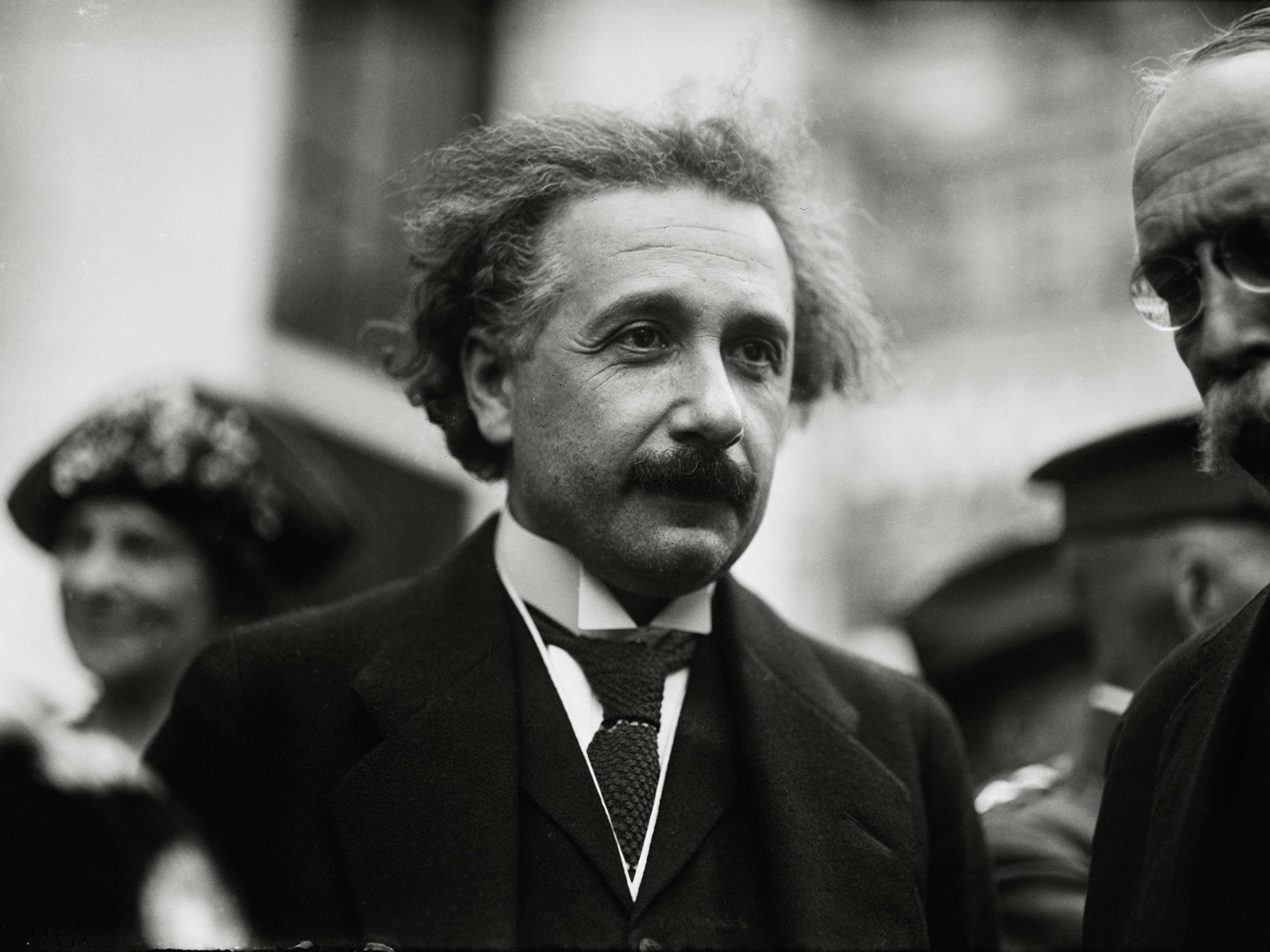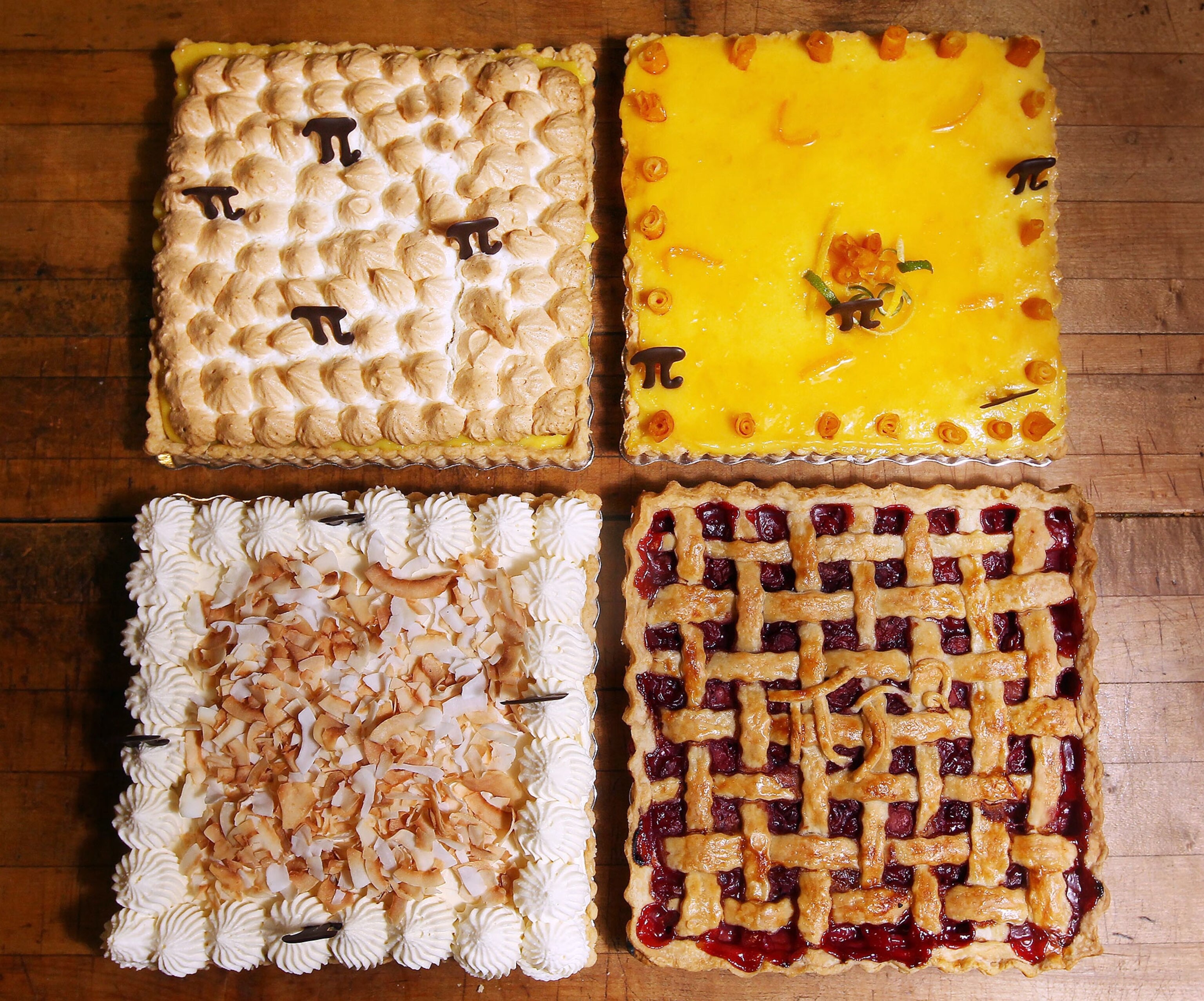
What Do Mayonnaise and Hollandaise Have to Do With Math?
The answer is in a book by Eugenia Cheng that explains how cooking plus a sense of humor adds up to an appreciation of mathematics.
How can the formula, pi-r squared, be applied to cream teas and scones?
In her funny and engaging new book, How to Bake Pi: An Edible Exploration of the Mathematics of Mathematics, British-born mathematician, Eugenia Cheng, currently a Scientist in Residence at the School of the Art Institute of Chicago, explains how cooking can make math teaching more fun and thus improve plunging mathematical proficiency in many western countries.
Talking from London, she explains that bad teaching causes math phobia; how she once used a bowl of yogurt and some Brussels sprouts to illustrate a complex math problem; and why the last thing children need is Tiger Moms.
Mathematics is also about putting things in a context. We study relationships between things, just like you might study relationships between people.
Cooking and mathematics seem like strange bedfellows. Why did you decide to pair them?
I love cooking and I love math, and I love putting things together that are unexpected. Most people don’t like math as much as they like cooking, and I discovered that if I explained math using tales from the kitchen it whetted people’s appetite.
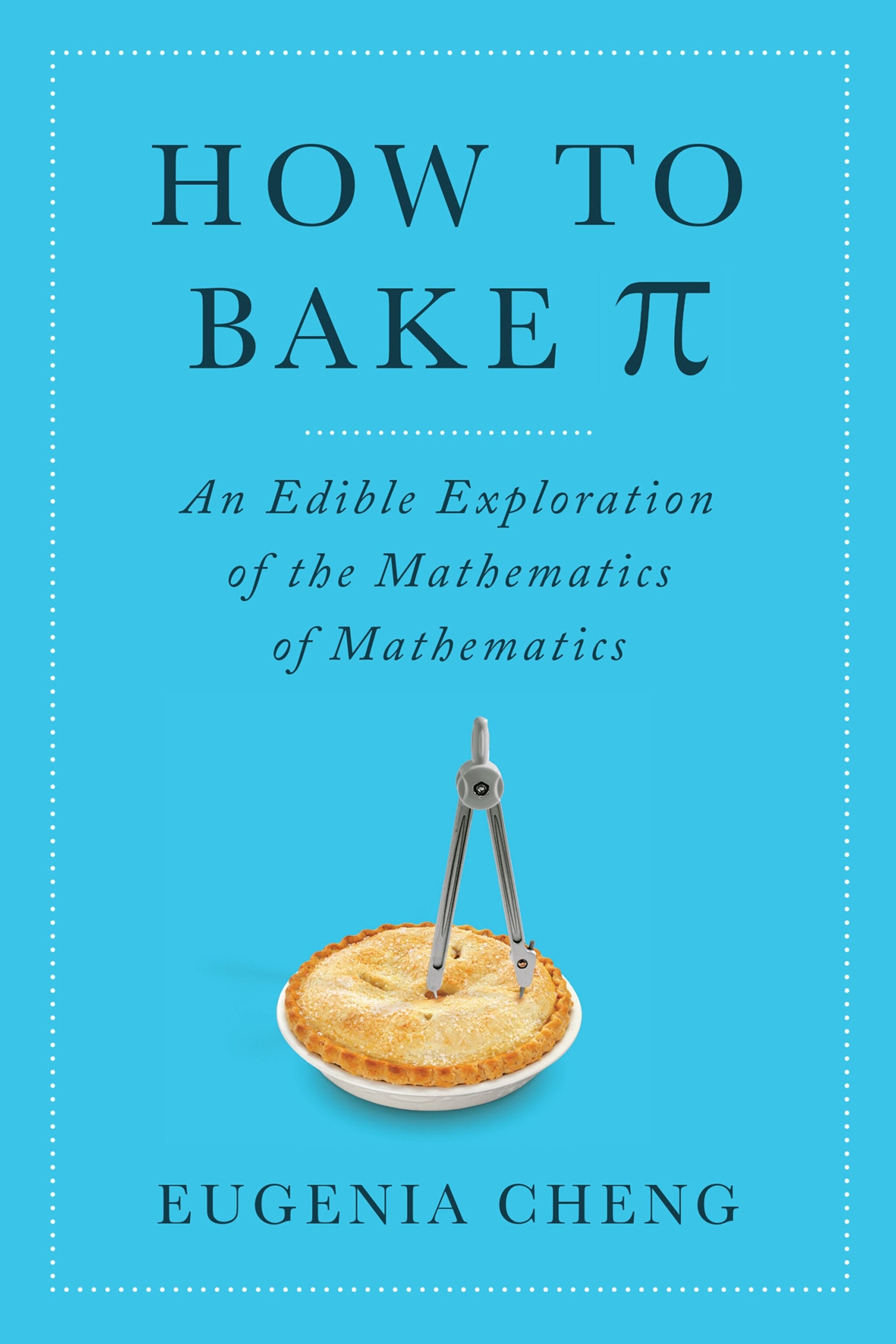
So I started telling stories with food to my students during lectures and noticed that they all woke up. Not that they were asleep, of course. But they perked up every time I mentioned food. Then I realized I could talk about food for almost any mathematical concept. So I kept doing it, and then it turned into a book because I wanted to share these things with more people, so more people might love math.
In one of my favorite lines in the book, you write, “The similarity between mayonnaise and hollandaise sauce is the sort of thing mathematics looks for.” Explain.
The technique involved with hollandaise sauce and mayonnaise is basically the same—you take egg yolks and suspend some kind of fat in them. If you put olive oil in egg yolks, you’ve made mayonnaise. But if you remove the detail of it being olive oil and think of it just as fat, then you can think about putting other kinds of fat in. You could put butter in and that’s how you make hollandaise sauce. You can put cream in and that’s how you make custard.
Math is also about adding things together, most obviously numbers. But numbers are not that interesting. Something more interesting is shapes. People who study three dimensional shapes add them together, and that’s a really important way of building up more complicated shapes, like the shape of space time or what shape a robotic arm can take when it moves in space. To do that you have to break the shapes down into small pieces and then stick them back together.
You say your mission is to “rid the world of math phobia.” Explain.
Many people are, unfortunately, put off math at some point in their life; then it turns into a kind of phobia. I understand that because I developed a phobia for sport at school, and I think that that’s why some people develop a phobia for math, because of how their lessons went at school. I saw very few five- and six-year olds who were afraid of math. They just love it, whether they are good at it or not. It’s just another fun thing.
Then they get put off, partly because they’re told they’re wrong if they get it wrong. But no one explains why they’re wrong. It’s just some scary world in which there are laws you don’t know and when you break them, you get punished.
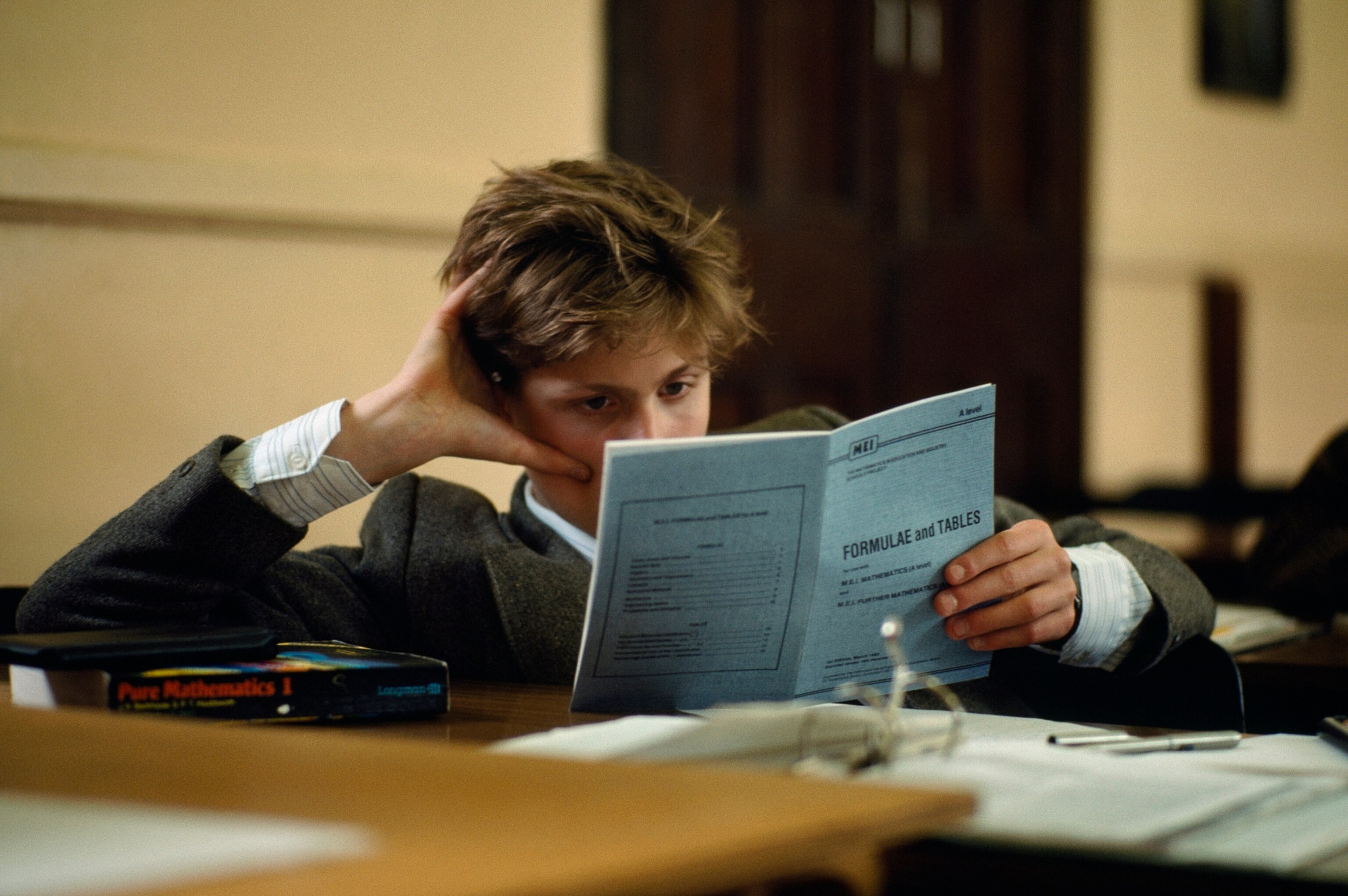
That’s an unpleasant thing for children, so they don’t want to try anymore. It’s like the fact I don’t like trying to catch. If someone throws a ball at me, I’ll probably duck because I know I’m doomed to fail. And it’s a bit like that with math. Math isn’t all about right and wrong. That’s a myth I try to get rid of.
You grew up in the United Kingdom. What was your own learning experience like?
I grew up near Brighton, and I have an older sister who I always tried to be like. Whenever she told me she was doing something at school, I would want to know what it was. So I always learned everything a bit before I was supposed to.
By the time I got to school, it was all a bit boring. One of my earliest memories is being asked to draw a circle in kindergarten. I got really frantic, because I knew it wasn’t going to be a real circle, as they hadn’t given me a pair of compasses. So I hesitated. Of course, then they thought I didn’t know what a circle was. I’ve never quite recovered from that experience. It’s an early memory of knowing that if someone can’t do something, it’s really important to understand why they can’t do it.
The trouble with a lot of math teaching is that, instead of getting into the student’s head and understanding why they can’t do it, they just go, ‘no, you’re wrong, do it again.’
Your index brings together the most unlikely things. What do the Fosbury Flop and Vesper Lynd have in common?
The Fosbury Flop is an elegant solution to getting yourself over a bar. The amazing thing is that your center of gravity doesn’t even go over the bar. As to Vesper Lynd, it’s that amazing scene in Casino Royale when she and 007 – you see, math again! – are sparring in a train en route to Montenegro.
A mathematician is supposed to stay in an ivory tower and not talk to the rest of the world. I don’t believe that.
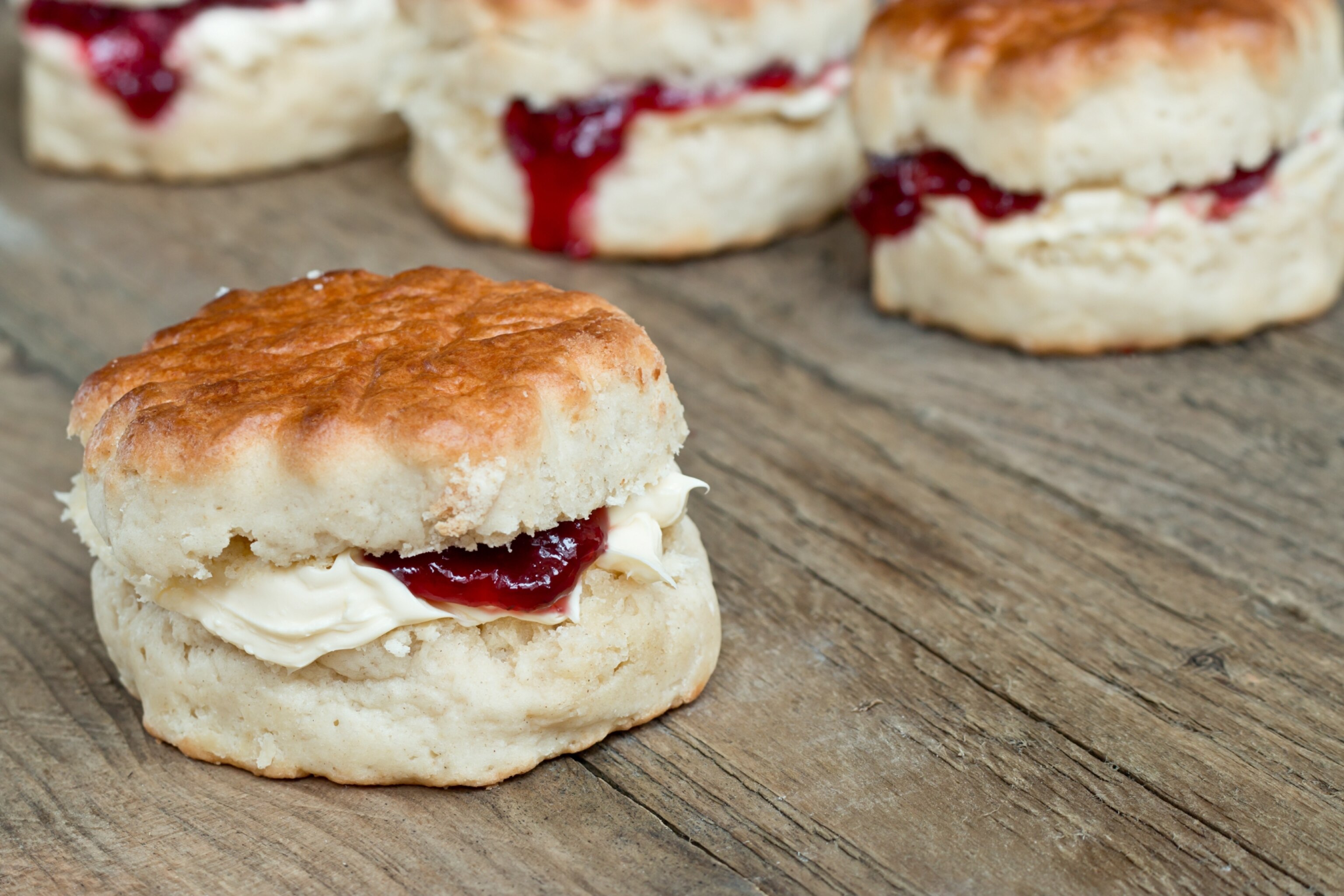
James Bond boasts that he’s very good at reading people and guesses she’s an orphan. Vesper Lynd retaliates by saying that because his first thought ran to orphan he must be an orphan himself. When you meet people, it’s interesting to know whether they have brothers and sisters or how they grew up, because you can put them in some kind of context.
Mathematics is also about putting things in a context. We study relationships between things, just like you might study relationships between people. In order to study those relationships, you have to decide what context you’re in.
At the University of Sheffield, in England, where you teach, you are known for your fun and whacky lectures. Give us an example.
One of the wackiest things I did in a lecture was when I stirred Brussel sprouts into a bowl of yogurt. I was actually demonstrating a very profound point about the difference between polynomials. Polynomials involve x’s and I was trying to explain that what you do with polynomials is take ordinary numbers, throw in some x’s and see what will happen.
There’s another thing you can do in math, which is you can take whole numbers—1, 2, 3, 4, 5, 6, 7—throw in the square root of 2, and see what will happen. This is something quite profound in number theory, and my students would always get confused about it, because those two situations are actually really different.
Throwing in a square root of two is like stirring blueberry jam into yogurt, because when you stir blueberry jam into yogurt, the whole yogurt goes purple. Whereas, if you stir in an x, it’s like stirring Brussels sprouts into yogurt, because the yogurt just sits there and the Brussels sprouts just sit there, as well. I used a projector, so there was this enormous bowl of yogurt on the screen with Brussels sprouts sitting in it. And they remembered it!
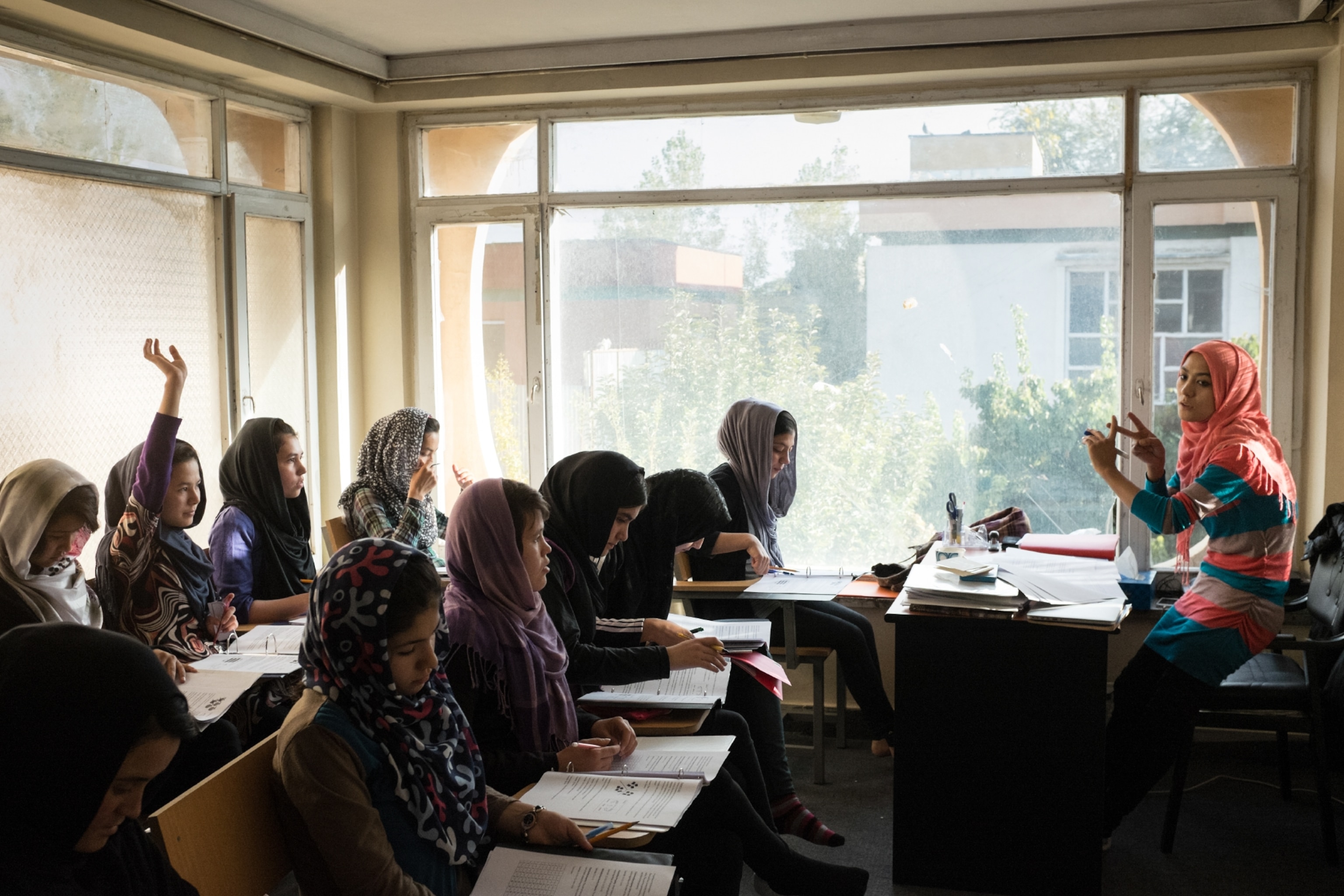
You’ve even written a paper on the mathematics of that British institution: the cream tea.
I love cream teas and because I’m on a mission to show that math can be fun periodically an opportunity comes to do something with food that catches the media’s attention.
Some people disapprove. A mathematician is supposed to stay in an ivory tower and not talk to the rest of the world. I don’t believe that. So, I did this totally spoofy proof that clotted cream is better than whipped cream on a scone. It was just to use some math and say what proof is, and put some formulas in to do with pi r squared and volume. In Britain, there’s an ongoing argument about whether the jam should be on top of the scone or the cream should be on top
So the media ran away with it and decided I had tried to prove it should be one way rather than the other. I never claimed that. There’s an illusion that math will provide answers. It does provide some. But it’s never going to provide the answer to which way up a scone should go [Laughs] That’s just silly.
Recent surveys show math literacy is declining in the UK and US and increasing in Asian countries. Do we need more Tiger Moms?
God no! Not tiger mums—or tiger moms! People often accuse me of having had a tiger mum. I play the piano, I do math, and I’m Chinese. So I must have had a tiger mum!
My mother finds it really irritating because she’s far from being a tiger mum. My parents were very hands off. They never had to tell me to do anything, because I just did it anyway [Laughs] Until I was about 25, when I suddenly rebelled against everything.
I love playing the piano and I love doing math, but I get very uncomfortable when I see people pushing children to do math and play the piano. I think it’s kind of gross. My cousins in Hong Kong have so much homework to do. They have to stay up late and get up early to do their homework. From the age of three! I think that’s just awful! Not to mention the suicide rates of teenagers in Hong Kong because they didn’t get the grades they were supposed to. There is no amount of math ability worth gaining at the expense of people’s lives.
That said, I think we’ve got problems. One of the problems is that we need good math teachers, who are allowed to teach in a way that they believe in. Here in the U.K., and probably in the U.S., there’s too much government dictate saying, ‘okay, this is the new method for teaching math, everyone has to do it like this!’ The teachers learn this new method, then the government says, ‘no, actually this is the new method, everyone has to teach like this!’
My personal experience is that if I’m told I have to teach in a certain way, it’s going to go much worse than if I’m allowed to teach in a way I believe in. The important thing in teaching math is to convey curiosity and excitement.
You say the beauty of mathematics lies in “the light that it sheds, which enables us to see clearly.” Explain.
Mathematics is about understanding how things work; when you understand how something works it’s like seeing it more clearly. Instead of having a black box with some mysterious mechanism inside, it’s like opening the black box and seeing the cogs turning, like those clocks in a glass cabinet. It’s the illumination where you can understand how things work. For me, that’s the beauty of mathematics.
Simon Worrall curates Book Talk. Follow him on Twitter or at simonworrallauthor.com.



